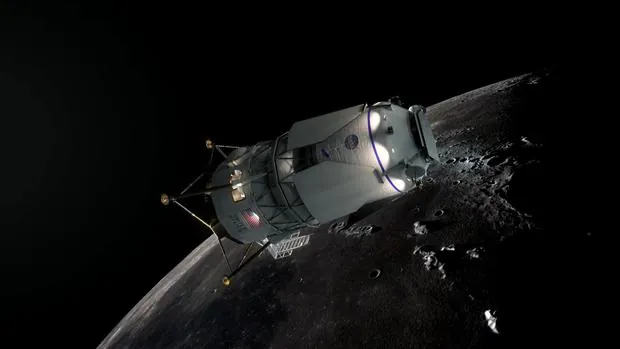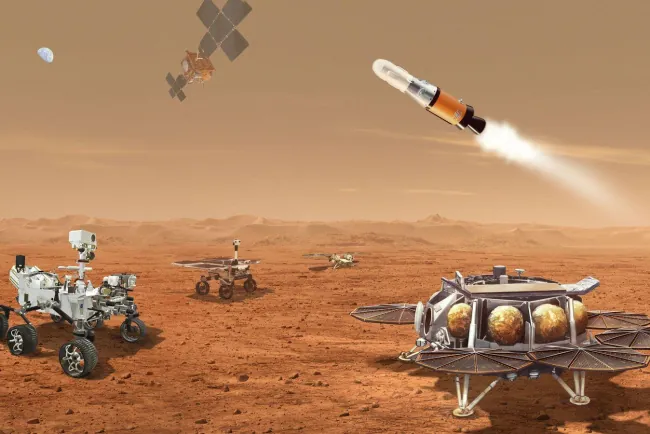NASA's Artemis Program: A Bold Leap Toward Lunar and Martian Frontiers
NASA's Artemis program, in collaboration with SpaceX and Blue Origin, aims to return astronauts to the moon and eventually Mars, facing challenges in sustainability, technology, and timelines.

Outline
- Introduction to NASA's Artemis Program
- The Role of SpaceX and Blue Origin
- Challenges Facing Artemis
- The Future of Lunar Exploration
- Conclusion: The Road Ahead
Introduction to NASA's Artemis Program
NASA's ambitious Artemis program aims to not only return U.S. astronauts to the moon but also to establish a sustainable outpost at the lunar south pole as a stepping stone for future Mars exploration. The program, which has seen its share of successes and setbacks, plans for a manned lunar landing by late 2026, a target that has sparked debate over feasibility and sustainability.
The Role of SpaceX and Blue Origin
In a groundbreaking collaboration, NASA has enlisted the expertise of Elon Musk's SpaceX and Jeff Bezos's Blue Origin to overcome the monumental challenges of lunar and interplanetary travel. SpaceX's Starship and Blue Origin's New Glenn are at the forefront of this endeavor, promising innovative solutions for landing astronauts on the moon and potentially reducing costs through reusability.
Challenges Facing Artemis
Despite the program's groundbreaking potential, the Artemis program faces significant hurdles, including skyrocketing costs, technical challenges, and the reliance on unproven technologies. The necessity for multiple launches, the complexities of in-space refueling, and the daunting task of establishing a lunar outpost underscore the ambitious nature of Artemis and the crucial role of private sector partnerships.
The Future of Lunar Exploration
The partnership with SpaceX and Blue Origin not only signifies a pivotal shift in how NASA approaches space exploration but also highlights the competitive and innovative spirit driving the new era of lunar exploration. With plans for reusable landers and infrastructure for lunar permanency, NASA's Artemis program is laying the groundwork for a sustainable presence on the moon and beyond.
Conclusion: The Road Ahead
As NASA, SpaceX, and Blue Origin navigate the complexities of the Artemis program, the path to the moon and Mars is fraught with challenges yet brimming with potential. The collaboration between government and private sector giants may well define the future of human space exploration, bringing us closer to answering humanity's longstanding questions about our place in the cosmos.
What's Your Reaction?






















